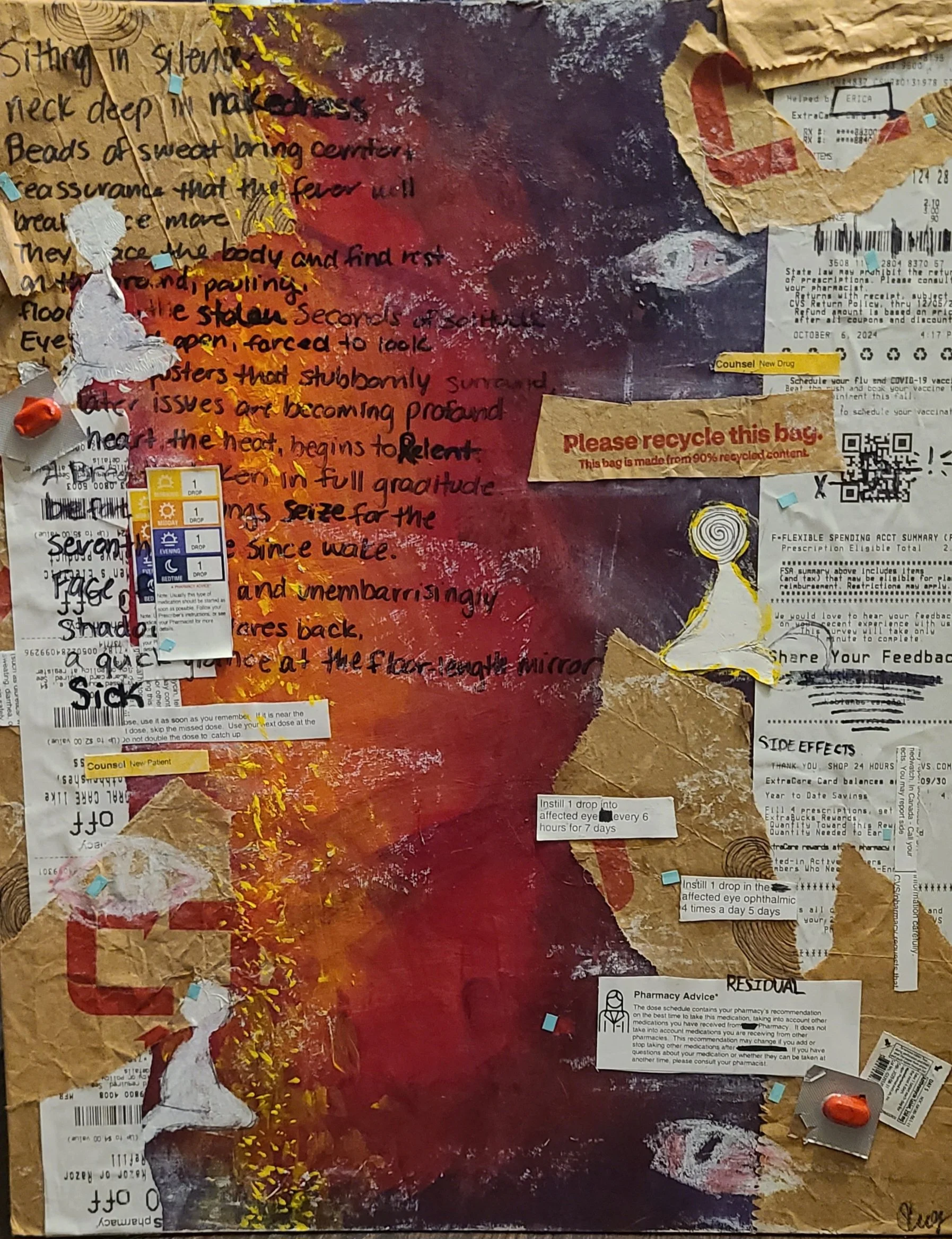The Sustainable Arts
Artists are known to create, make new, or reuse themes, projects, and materials, even more so in recent times. There is a legion of scientific research about the environmental practices of many industries and companies, and as more information continues to surface around these areas, the modern-day, average person has gained much more knowledge about their contributions to the climate.
Many consumers have striven to accommodate for their part in contributing to the environment, artists are no exception.
Environmentally friendly artists are popping up everywhere, and their efforts toward an earth-safe practice are not all that difficult to maintain. A major thing for an eco-friendly artist’s practice is proper disposal of paints and materials. This can include letting paints dry out before disposing them and recycling any and all materials that are eligible for this method of disposal.
As far as buying and obtaining materials, it is important that artists look for products made with natural ingredients, such as dyes made from plants, paints mixed with beeswax or walnut oil, or water-based paints. Looking for these kinds of things in one’s materials also leads to doing research and seeking out products that are packaged in recycled materials, such as biodegradable plastic bags or glass bottles.
Some artists even like to ensure that they buy from brands that manufacture in wind or solar-powered facilities, or make efforts to reduce their carbon footprint (the amount of greenhouse gasses, like carbon dioxide and methane, emitted by certain actions) in their transportation and delivery of products.
Aside from eco-friendly buying and disposal of supplies, many artists take their environmentalism a step further by creating art pieces entirely out of recycled materials. These can be plastic bottles, found glass, plastic bags, jar lids or bottle caps, even just “trash” that an artist can find meaning in. All of these things are typically involved in the medium of collage, or sculpture, but other art mediums as well, such as mixed media pieces like the one shown here.
Many creatives also like to keep a stock of these kinds of materials, collecting and organizing sturdy and usable cardboard they receive from deliveries or other places, old newspapers, cardstock or school supplies that would have otherwise been thrown away, as well as the materials aforementioned.
The Downriver Council for the Arts (DCA) is doing their part in encouraging this sort of practice in artists, teaching some courses and workshops on how to use and reuse materials.
One class in particular introduces this practice by teaching young artists how to make two-liter terrariums, suncatchers, suncatcher windchimes, bug homes, and more. The DCA also encourages use of second-hand supplies such as fabric, paints, brushes, and cardboard.
In general, if starting a new creative process, a new creative journey, or continuing down a current creative venture, it is important to keep eco-friendly practice in mind. As artists, it can be easy to contribute to the environment in negative ways, but it also can be easy to do your part in maintaining an earth-safe creative practice. Noone can be 100% green all the time, but researching and relying on clean brands, as well as environmentally safe storage and disposal of materials, can make a big impact on a world that needs more green, and always needs more art.

